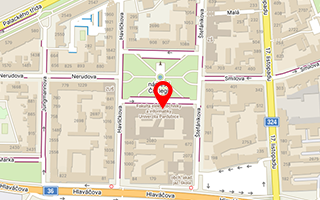Publikace detail
RegioRail-GNSS Train-Positioning System for Automatic Indications of Crisis Traffic Situations on Regional Rail Lines
Autoři:
Fikejz Jan | Kavička Antonín
Rok: 2022
Druh publikace: článek v odborném periodiku
Název zdroje: Applied Science - Basel
Název nakladatele: MDPI
Místo vydání: BASEL
Strana od-do: nestránkováno
